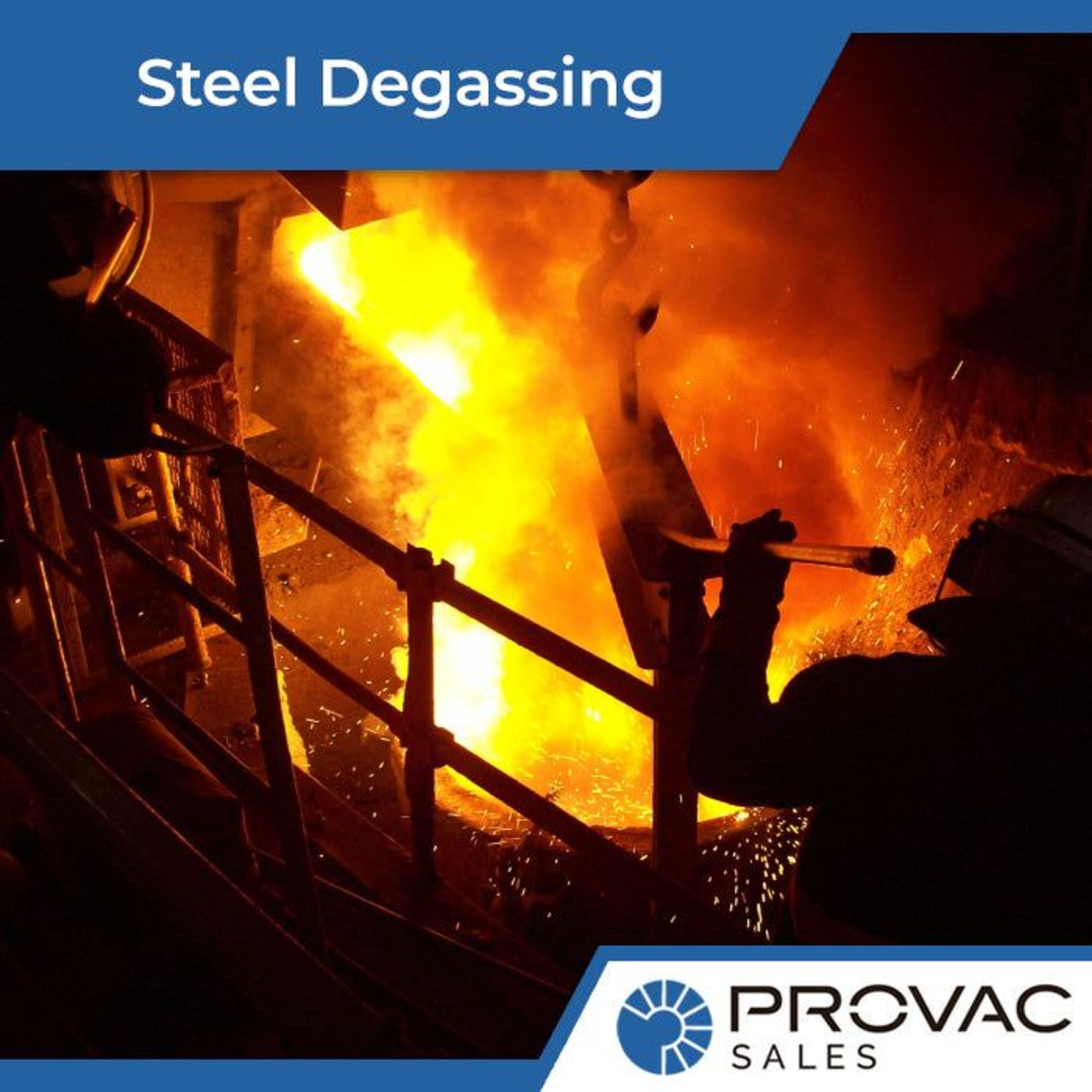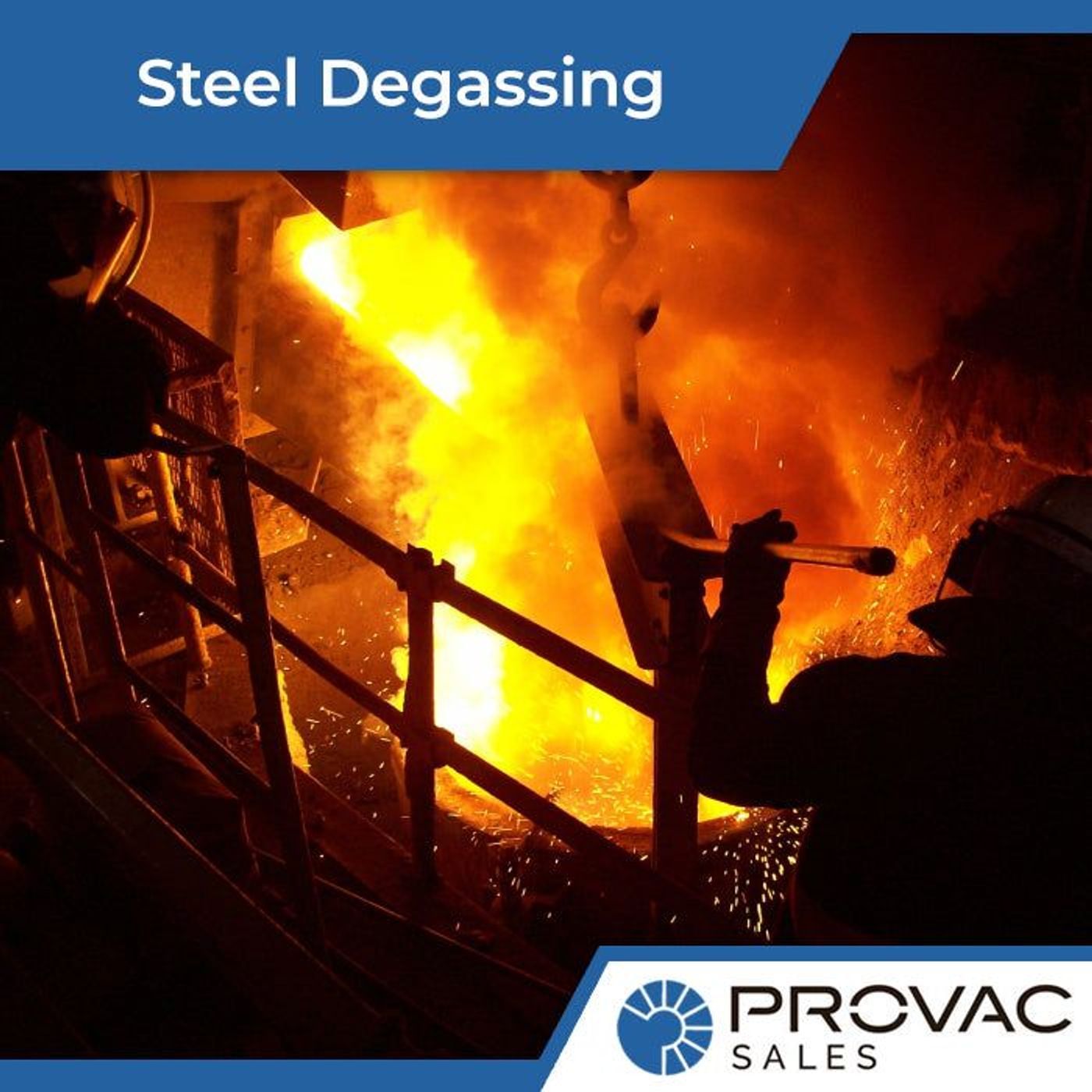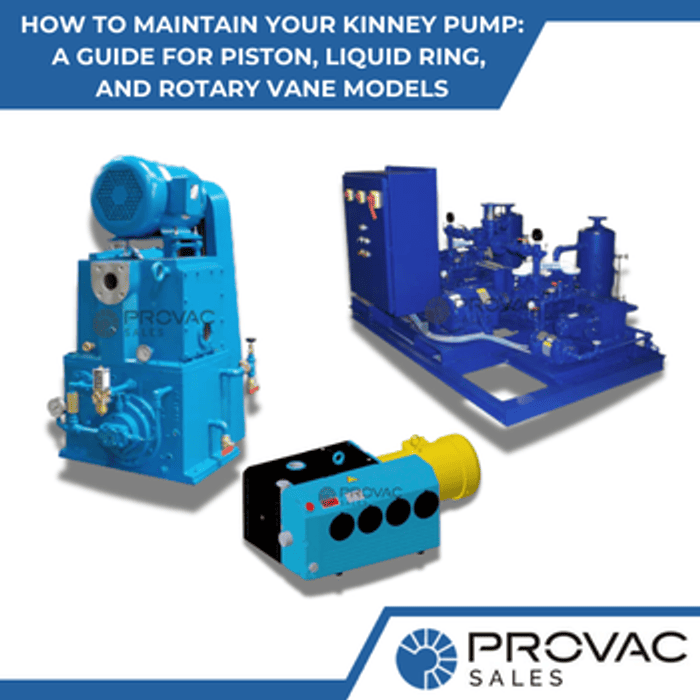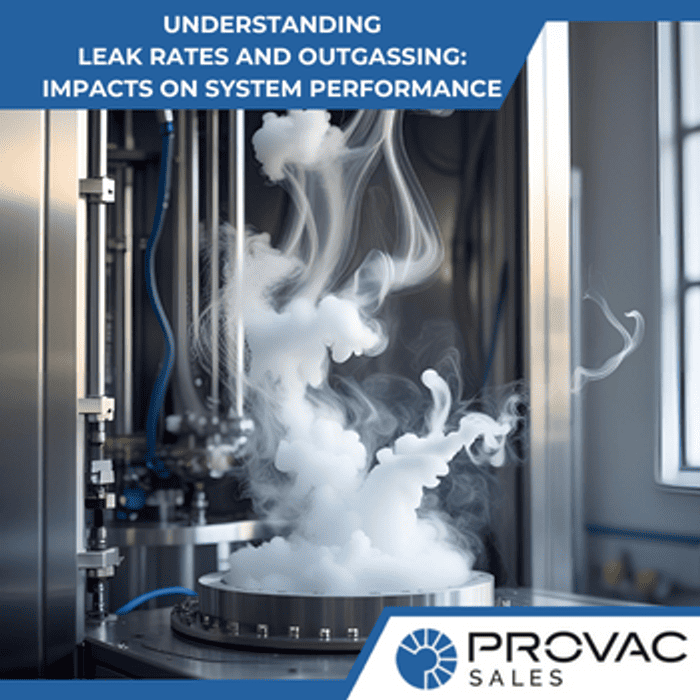Vacuum pumps used for steel degassing go through two stages. First, they pump out hot gases from molten steel, and second, they evacuate the molten steel through interondensers and ejectors. Most steel manufacturers call the vacuum pumps ejectors because of their working mechanism. These ejectors are highly essential in the steel industry as they have high gas handling capacities at low pressure. Steel manufacturers use two types of vacuum systems: steam ejector hybrid vacuum system and steam and air ejector vacuum system.
The working mechanism of ejectors
The vacuum degassing of steel starts once the molten steel ejects from the furnace. It then goes into the ingots or sometimes into a caster. The period between ejection and pouring of the steel into a caster or ingot is when degassing takes place. Here are a few reasons why vacuum pumping for steel gassing is crucial:
- Eliminating or reducing a significant amount of dissolved gases like nitrogen and hydrogen.
- Significantly reducing dissolved carbon from molten steel to provide more ductility to the steel extracted after the degassing process.
- Oxidizing dissolved carbon instead of chromium during the stainless steel refining process.
The molten steel goes through a ladle after leaving the furnace. It reaches the degassing area before being poured into the caster or ingots. A layer of slag covers the ladle, thus allowing it to penetrate deep into the snorkels. The snorkels have a size of 18 inches. Once the ladle penetrates the snorkels, the vacuum pumps create a 0.5 mm HgA vacuum. This forces the molten steel into the chamber, thus preparing it for the degassing stage.
Each vacuum chamber has two parts. The lower part provides a low pressure that removes nitrogen and hydrogen from the molten steel. The steel continues to circulate until the lower part of the vacuum system separates the two gases. It usually takes five minutes to eliminate hydrogen and nitrogen from the molten steel.
Vacuum pump design
To understand the mechanism of the vacuum pump, it is important to know its design. There are a few things that the manufacturers consider before designing the pumps:
- The number of gases the pump will remove. This helps determine the steel chemistry, absolute pressure, and argon flow rate that affects the rate at which the pump will eliminate those gases. In most cases, the pumps have to remove hydrogen and nitrogen.
- The load that the molten steel will put on the vacuum chamber. However, this load needs to be measured in dry air instead of molten or moist conditions.
- The load measured above should also match the different absolute pressure points calculated in the first step.
- The pump's processing time from its molten stage to deep vacuum. This is the time from ejecting from the furnace and reaching the vacuum chamber.
- Apart from the absolute pressure in the first stage, the manufacturers also calculate the final absolute pressure that determines the number of stages the molten needs to pass through to degas completely. In the mechanism mentioned above, the pumps worked on a two-fold system. The molten steel would eject from the furnace and enter the vacuum chamber. The vacuum pump will eliminate dissolved gases and pass the molten steel to ingots or casters. Some high-end pumps come with more than two stages. These pumps require the final absolute pressure reading.
- The pumps require agitation energy and a high rate of dissolved gas removal ability. And so, it becomes crucial to measure the quantity of argon in the vacuum chamber.
- In addition to these details, you also need the in-leakage rate of air, cost of steam and electricity, cooling water temperature, and steam pressure and temperature.
Steel degassing types
There are three types of steel degassing, depending on the type of pump you want to use: recirculation, ladle, and steam. The one with the ladle system is the most common. You can choose one of the degassing types based on various factors, such as operating costs, throughput, tonnage, temperature losses, capital investment costs, turnaround time, and space availability.
Some stainless steel manufacturers use multi-stage steam jet ejectors that provide a combination of recirculation, ladle, and steam systems. These are the best vacuum pumps available for steel degassing. But they are also the most expensive pumps. The three systems combine in the vacuum chamber and eliminate any type of dissolved gases present in the molten steel. For example, the steam jet follows a constant mass flow mechanism, allowing the vacuum pump to maintain its absolute volume throughout the degassing process.
It is wise to choose a vacuum pump based on the quantity and quality of steel degassing your plant can support.





